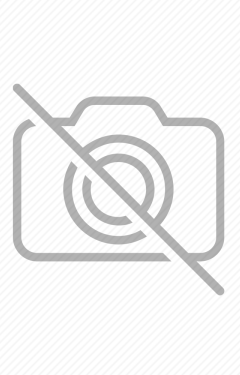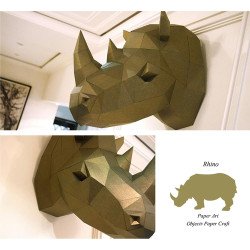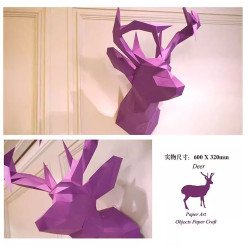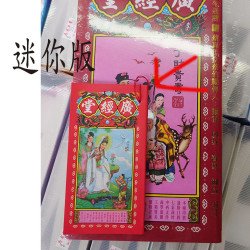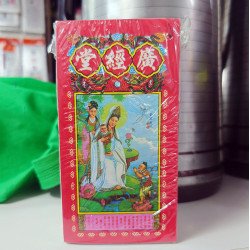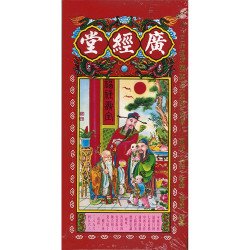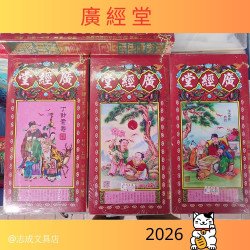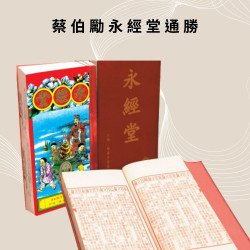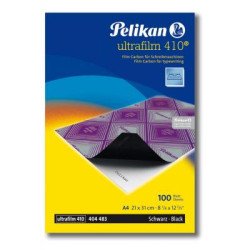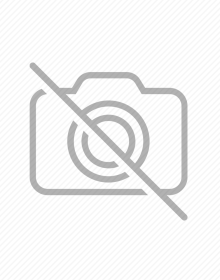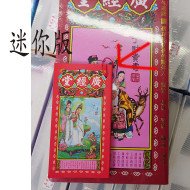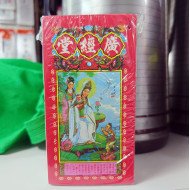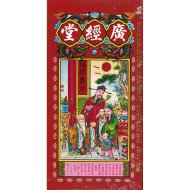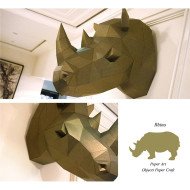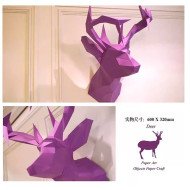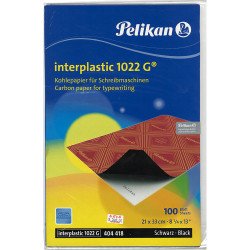Buy best and quality Pelikan Group products
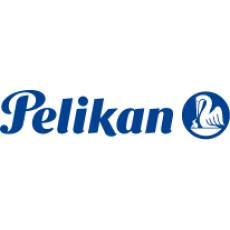
Pelikan Group GmbH 總部位於柏林附近的 Falkensee,是高品質紙張、辦公和文具產品的領先供應商。公司致力於為更多人提供可靠、設計精美的文具產品和解決方案,這些產品和方案是以專業、熱情和關懷開發的。
Pelikan 的歷史可以追溯到 1838 年,當時化學家 Carl Hornemann 在德國的漢諾威創立了一家顏料和墨水工廠。公司的第一份價目表於 4 月 28 日發布,這一天被定為公司的成立日期。
重要里程碑
- 1878 年:Guenther Wagner 設計了公司的第一個標誌,這是德國最早的商標之一。標誌中的鵜鶘形象來自 Wagner 自家的盾徽。
- 1929 年:Pelikan 生產了其第一支鋼筆。
- 1931 年:公司擴展到水彩套裝等產品。
- 1978 年:Pelikan 成為一家股份公司(AG),並於六年後被一家瑞士公司收購。
- 1996 年:馬來西亞公司 Goodace SDN BHD 收購了 Pelikan 的大部分股份。
- 2009 年:Pelikan 收購了競爭對手文具公司 Herlitz。
在香港的發展
Pelikan 在香港的發展可以追溯到 20 世紀末,當時香港作為亞洲的重要貿易和物流中心,吸引了眾多國際品牌的進駐。以下是 Pelikan 在香港發展的幾個關鍵點:
1. 市場進入:Pelikan 利用香港作為進入亞洲市場的門戶,通過本地代理商和分銷商,迅速擴展其在亞洲的影響力。
2. 品牌建立:通過參加本地和國際的文具展覽會以及展銷活動,Pelikan 在香港建立了強大的品牌認知度。
3.本地化策略**:Pelikan 根據香港市場的需求,調整產品線並推出適合本地消費者的產品。
4. 教育合作**:Pelikan 與本地學校和教育機構合作,推動其高品質的文具產品在教育領域的應用,並支持學校的教育活動。
Pelikan 的核心價值
Pelikan 的所有行動、決策和關係都由一個共同的價值和指導原則驅動:**Pelikan Cares**。這體現在以下幾個方面:
- 關懷我們的傳統:尊重並從公司的豐富歷史中汲取靈感。
- 關懷我們的產品:以熱情、專業和承諾創造高品質和創新的產品。
- 關懷我們的人員:尊重和體恤我們的客戶和同事,以誠信和團隊合作為基礎。
- 關懷學習與教育:相信學習永不停歇,通過提供易於獲得的產品來支持每個人的學習和成長。
- 關懷我們的地球:不斷反思我們的生產和分銷方式,致力於成為一個更加可持續的公司。
Pelikan Group 憑藉其悠久的歷史和對品質的堅持,已經成為全球知名的文具品牌。在香港的成功發展,不僅是其全球戰略的一部分,更是對其核心價值的有力體現。隨著市場的不斷變化,Pelikan 將繼續以其專業和創新的精神,為更多人提供優質的文具產品和解決方案。
History
The roots of the company can be traced back to 1838, when chemist Carl Hornemann founded a color and ink factory in Hanover, Germany. The date of the first price list of the company, 28 April, is set as the company's foundation date.[3]
The first Pelikan logo, designed in 1878
In 1863, Guenther Wagner obtained the position of chemist and plant manager. He took over the company in 1871. Wagner also designed the company's first logo (taking the figure of a pelican from his own familiar coat of arms) in 1878, becoming also one of the first German trademarks ever. The company expanded its range of distribution to Austria, Italy, Czech Republic, Hungary and Croatia, then establishing a new factory in Vienna.[10]
By 1881 the company had expanded its plant, employing 39 additional people. When Fritz Beindorff took over the company, Pelikan added office products for copying, stamping, sticking and erasing. In 1896, Pelikan started to produce India ink, achieving great sales success. By 1913, the manufacturing were expanded, and 1057 workers were employed by Pelikan. In 1929, Pelikan produced its first fountain pen.[3] Pelikan expanded its products to watercolor sets in 1931. The writing instruments products were moved to Peine as the Hanover facilities could no longer be expanded.
Fritz Beindorff, the owner of Pelikan at the time, was one of the sixteen initial signatories of the 1932 Industrielleneingabe, urging President Paul von Hindenburg to appoint Adolf Hitler as chancellor.[11] During the war, both pen and ink production suffered, and the company produced paints, coatings, and other chemicals with military use. From 1942 on, the company operated Gestapo labor education camps at their Hannover works, where forced labourers were employed.[12][13]
In 1978, Pelikan became a stock corporation, changing its legal form from a GmbH to an AG, with shares being divided within the Beindorff family and 46 other owners. Six years later, Pelikan was taken over by a Swiss company. The Hanover-based company was separated into various sub-companies and then sold.
In 1996, Goodace SDN BHD, a Malaysian company, took over the majority of Pelikan holding shares.[14] Pelikan moved to a new office building in Hanover in 2003. Two years later, Geha-Werke company merged with Pelikan, although operating as an independent division.[citation needed]
In November 2009 Pelikan purchased rival stationery company Herlitz, which had been previously bought by "Stationery Products S.à.r.l.", a Luxembourg-based company.[15] By the time of the acquisition, Herlitz's production facilities were located in the town of Falkensee, Brandenburg, with other plants in Poland, Romania and Great Britain. Herlitz's logistics supplied approx. 8,000 distribution centres in Germany directly, with another 3,000 customers throughout Europe. The company had 1,335 employees, 1,100 of which were in Germany.[16]

